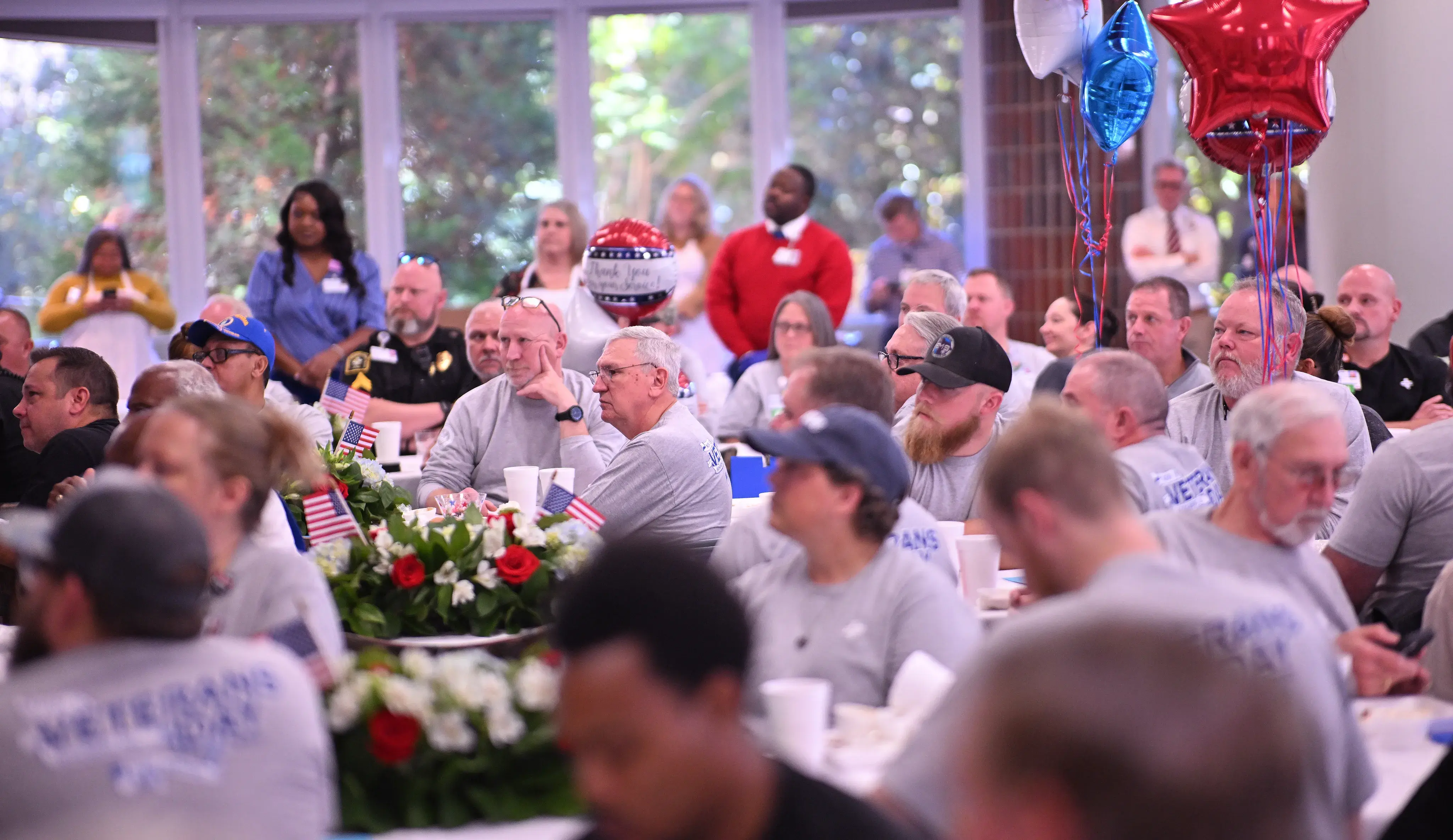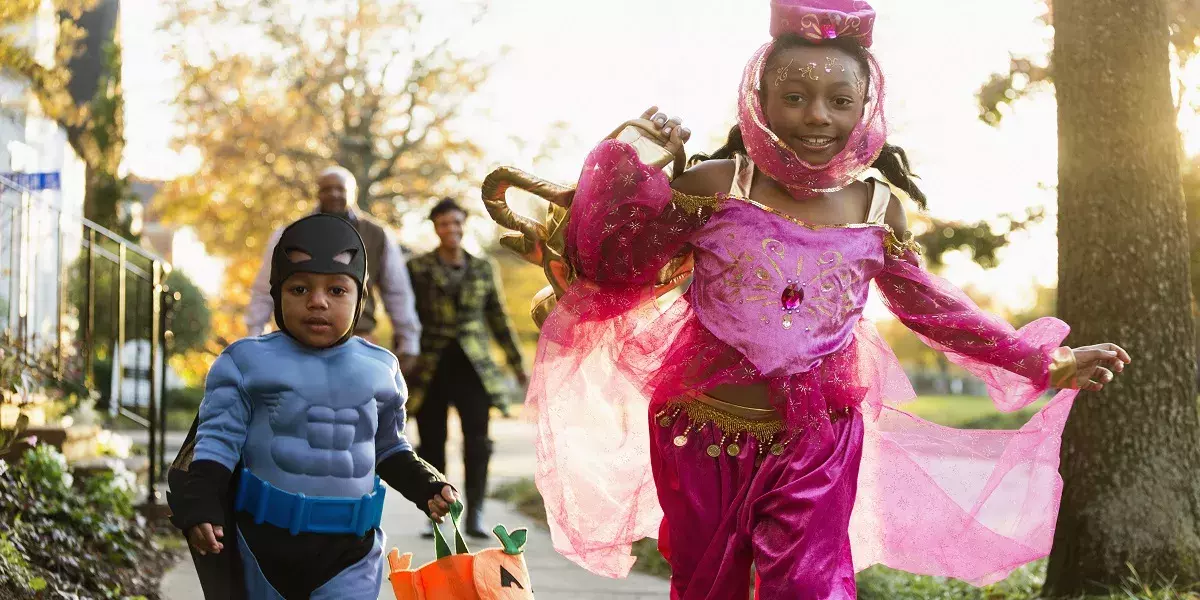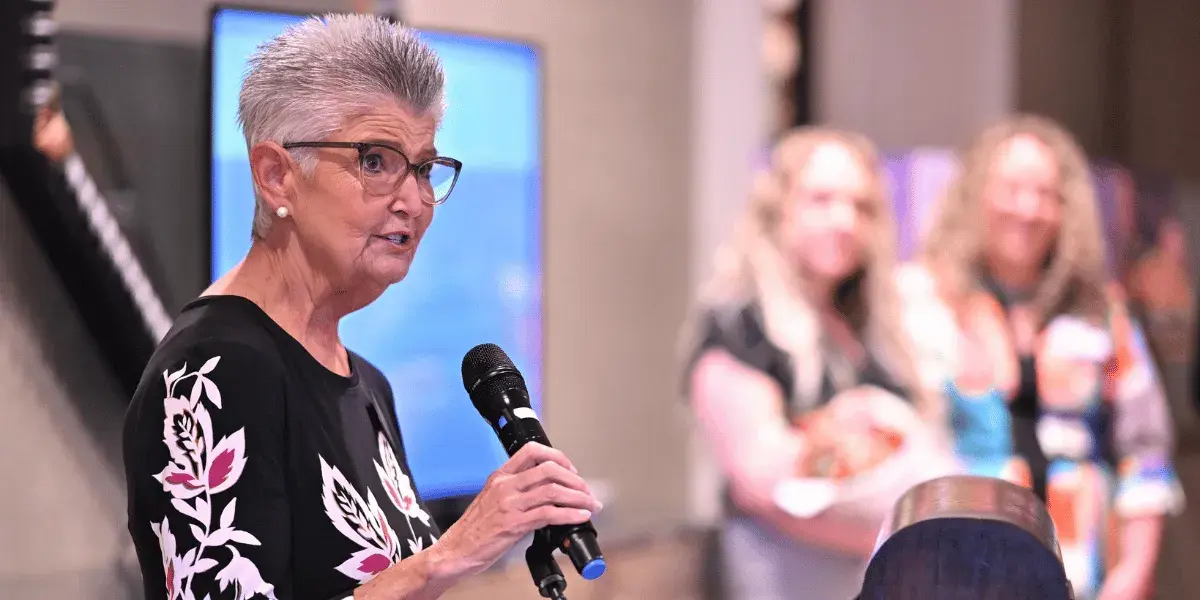
Healing on horseback
A child with special needs approaches the waiting horse. He walks with the help of crutches, but that doesn't dampen his excitement. The boy smiles as he works with the patient, calm animal – grasping brushes to groom the animal, pulling ropes to walk him, and playing games.
And then, after all that, the boy walks up a set of specially made stairs and climbs onto the horse. He feels the animal's rhythm as he is slowly walked around the arena – a horse's gait is more like a human's than any other creature.
It's as if the boy is himself walking, in a way that he otherwise could not.
Equine Assisted Therapy treats children with autism, cerebral palsy, developmental delays and other special needs. It has become an integral part of the Pediatric Rehabilitation treatment program at Spartanburg Medical Center.
The program has partnered with HALTER, a Spartanburg-based equine therapy program established in 1987.
"When the child comes up to the horse, it helps create an excitement for therapy that they don't necessarily get in a clinic,” Carlos Fonte, OTR/L, CEAS, occupational therapist for Spartanburg Medical Center, said. “They are able to see this beautiful creature, and they want to go up there and interact with it, and are excited about getting on the horse."
The Spartanburg Regional Foundation provided $60,000 to HALTER in 2012, according to Sharon Caston, MSP, CCC-SLP, manager of Pediatric Rehabilitation Services at Spartanburg Medical Center.
That money helped train Spartanburg Medical Center staff and built a covered arena at HALTER.
Mike Hollifield invited pediatric rehabilitation services to bring children over to benefit from this unique therapy.
"We're very blessed in that we have a lot of wonderful people in our community who have horses and know really what horses are all about,” Mike Hollifield, director of HALTER, said. “And then we explain how we apply those different things about the horse to the different camping conditions and how it helps them. The community has been very, very, supportive of us."
All potential riders, who generally range in age from five to ten years old, are carefully evaluated and receive a detailed plan to lead them through stages of development.
Every step of working with a horse can help a young patient.
"There are so many different things, everything from fine motor skills, being able to snap the clasp on the helmet,” Fonte said. “To be able to grasp the brushes and be able to maneuver and manipulate that while doing what they call bilateral hand activities.”
“I've seen a lot of improvements and independence.”












